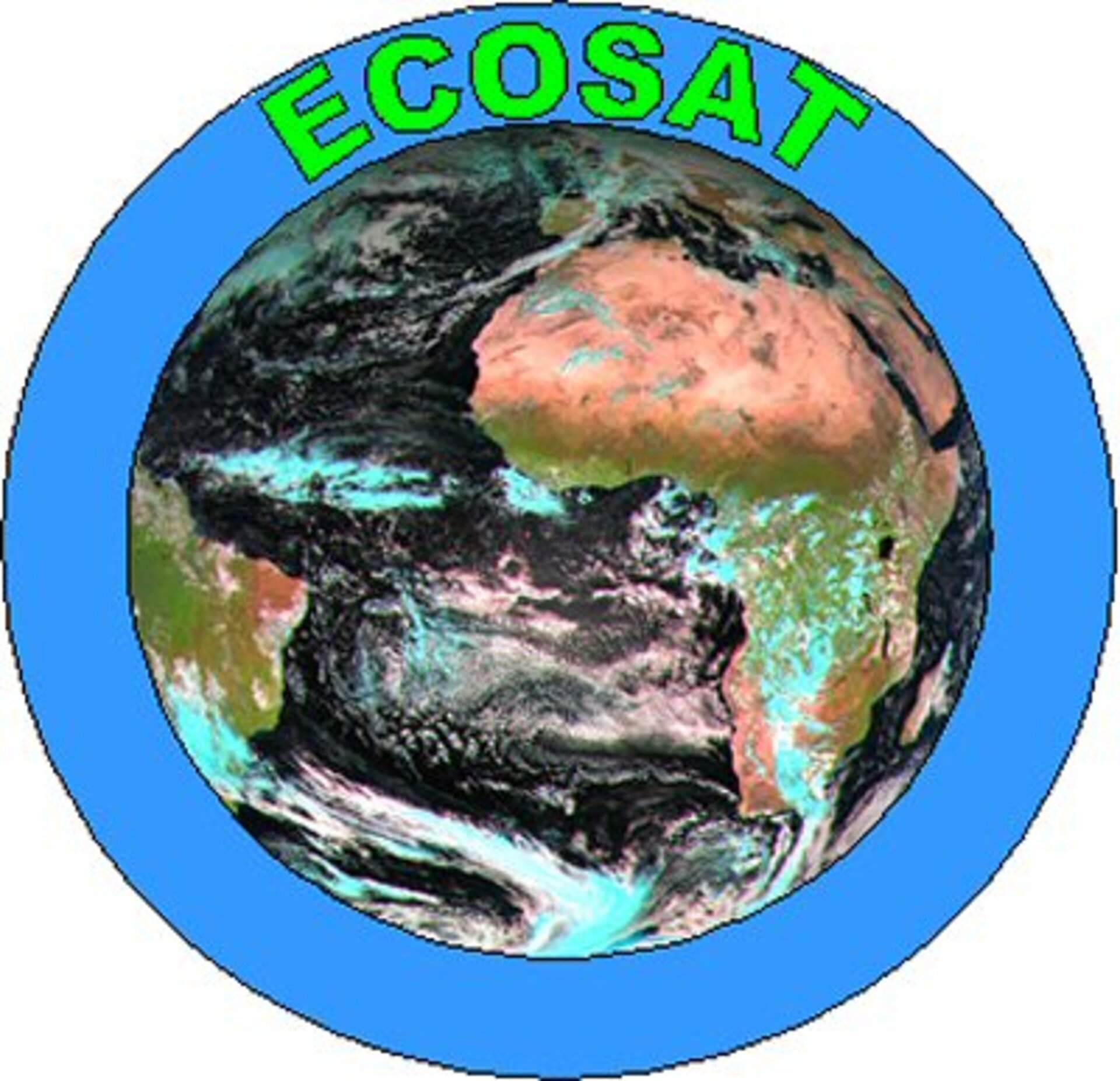Can the environmental footprint of space missions be mitigated?
To answer this question, CDF specialists and engineers recently undertook a study funded by the ESA General Study Programme (GSP) to investigate the applicability of Cradle-to-Cradle (C2C) philosophy to the design of a space mission. The study also involved the use of Life-Cycle-Analysis (LCA) to try and quantify the environmental impact of various design decisions throughout the mission lifetime.
The challenge has been to include environmental footprint assessment at an early stage of the design process and to design a mission encompassing technical solutions that decrease the environmental impact (traditional engineering / LCA approach), or, even better, to create a waste free process in which side products or waste of a process become input materials for another process (C2C approach). Taking an existing Earth Observation (EO) mission as reference, the study focused on the feasibility of adopting an innovative design approach, where 'more conscious' design decisions could be taken, including also some environmental impact assessment. Techniques commonly applied to commercial applications (e.g. automotive) for assessing and quantifying environmental impacts have been taken into account to find out whether space might conveniently spin-in solutions and bring into the design approach some ideas which have proven to save resources in other industrial sectors.

As is always the case in the CDF, the study posed a significant challenge to the engineers. This time the problems were not how to design a new mission or infuse latest technology or repeat an old mission with higher performance or using less resources to drive technology breakthroughs. Instead, this time the engineers had to find innovative environmentally friendly spacecraft design solutions.
The open and trusting team atmosphere engendered in the CDF supported the innovative way of approaching the design of a space mission. This together with the range of specialists in the one room allowed for the rapid assessment, development and modelling of these ideas, followed by the normal CDF process of iterating these ideas into working solutions.
Amongst the important lessons learnt from this study was that it was difficult to apply C2C philosophy to only the satellite design as C2C is normally applied to a higher, more strategic level in the organisation.
The study is the first of this kind but has been coordinated with other initiatives that the Agency has been undertaking on environmental related instances. The outcome will be injected as far as possible into the design of future European space missions.




